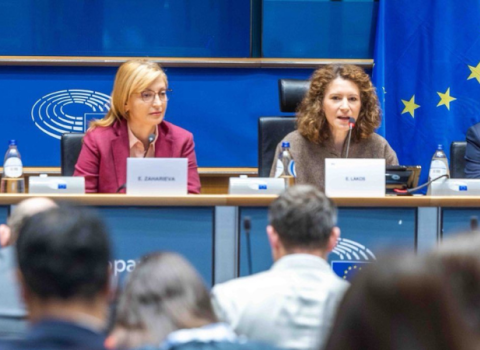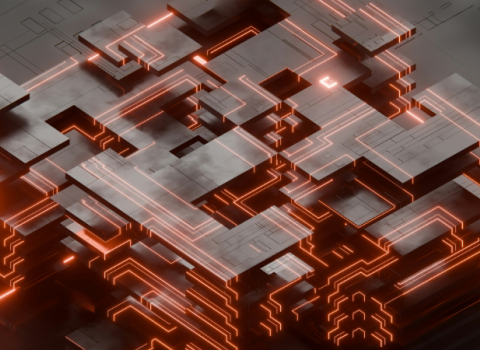
Last month saw the official launch of the European Commission’s smart grids initiative, which aims to do just this, upgrading and equipping Europe’s electricity network for a sustainable future, by building intelligence into the existing passive delivery system.
The European Electricity Grid Initiative (EEGI) has high ambitions, though there are still many questions as to how exactly it will become reality.
The initiative proposes a nine-year research, development and demonstration programme led by electricity transmission and distribution network operators to create a smart grid. The EEGI hopes the benefits will include:
Increased hosting capacity for renewable and distributed sources of electricity;
The integration of national networks into a market-based, truly pan-European network;
A high level of quality of electricity supply to all customers;
The active participation of users in markets and energy efficiency;
The anticipation of new developments such as a progressive electrification of transport;
An economically efficient deployment of future networks, for the benefit of grid users;
The opening of business opportunities and markets for new players in the smart grids arena.
A roadmap for 2010-2018, and a detailed implementation plan for 2010-2012 have been published, although the financing details have still to be sorted.
The estimated cost for the nine-year period is €2 billion. Money will come from member states, the European Commission and industry, but what the breakdown will be in an economic climate of belt-tightening remains to be seen.
According to the European Network of Transmission System Operators for Electricity (ENTSO-E), “The Commission is giving strong support to the EEGI through its Seventh Framework Programme ... and the upcoming FP8. However, the Commission also pointed out that the commitment of member states is necessary to support and fund the complete EEGI roadmap in due time.”
Network operators have set out a financing proposal, which will serve as a basis for discussion, as to how to divide the costs of managing the programme, the R&D and the demonstration activities during the first two years.
The plan is to allocate half of the €2 billion estimated budget to priority projects that “should start urgently in the period 2010-2012.” These projects cover transmission networks, distribution networks and the coordination of the two, for example creating the tools to analyse scenarios for expanding the pan-European transmission network, developing common, open standard solutions for the next generation of smart meter infrastructure, that will for example, provide customers with information about electricity consumption in their homes, and integrating data from all network operators for the purposes of load and electricity generation modelling.
The smart grid initiative was one of four European Industrial Initiatives to be officially launched on June 3, the others being wind, solar and carbon capture and storage. All four aim to implement the ideas set out in the EU’s Strategic Energy Technologies (SET) Plan, which focuses on accelerating the development and deployment of cost-effective low-carbon energy technologies.
“The European Industrial Initiative will help ensure that the right technologies are ready to implement smart grids, smart meters or electric vehicles,” said Gunnar Lorenz, Head of the Networks Unit at EURELECTRIC, which represents the EU's electricity industry. “We think the demonstration projects are a good idea and should go ahead, though there are clearly some details that still need to be worked out,” he added.
It’s not just the financing details that need to be sorted. The logistics of how to include the whole of industry, integrating not only the transmission and distribution network operators, but also players such as network users, retailers, regulators and IT companies, also need to be addressed.
For more information, read the EEGI document:
http://ec.europa.eu/energy/technology/initiatives/doc/grid_implementation_plan_final.pdf





 A unique international forum for public research organisations and companies to connect their external engagement with strategic interests around their R&D system.
A unique international forum for public research organisations and companies to connect their external engagement with strategic interests around their R&D system.